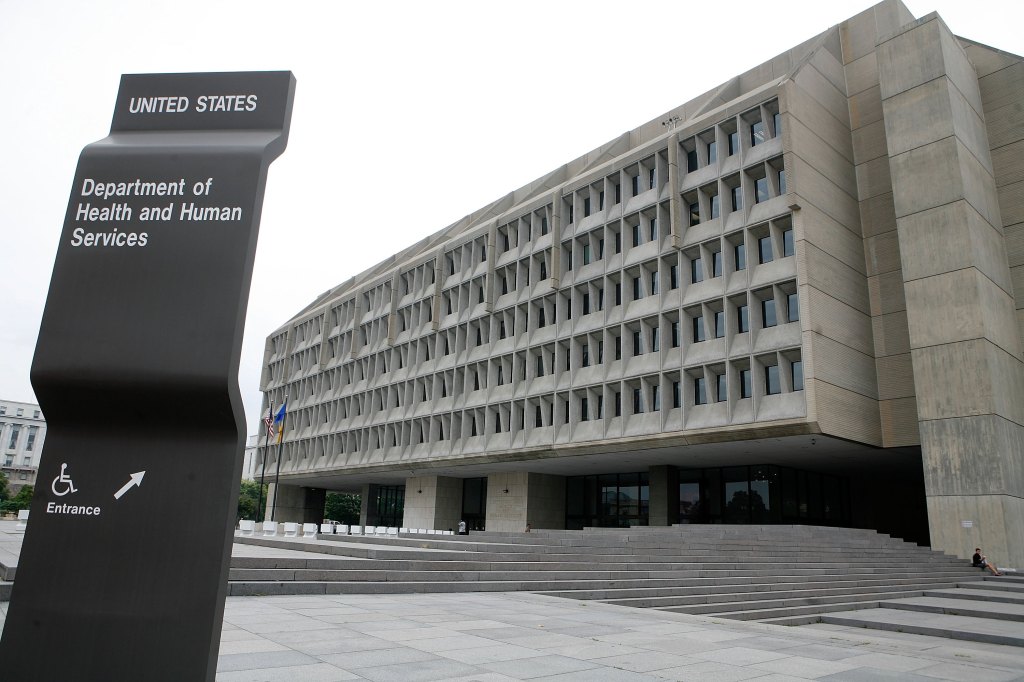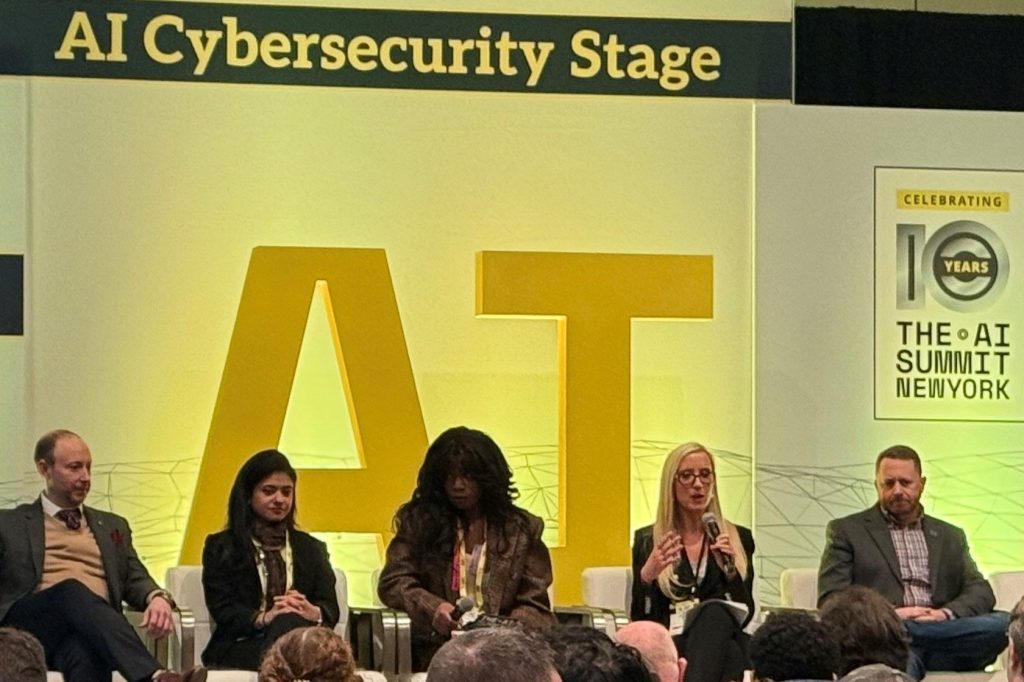The technology sector, with its intricate global supply chains, has been significantly impacted by the trade policies of the Trump administration, particularly the imposition of tariffs on various goods and components. These tariffs, aimed at reshaping international trade dynamics, have presented both challenges and opportunities for tech companies worldwide.
To
Register for free to keep reading
To continue reading this article and unlock full access to GRIP, register now. You’ll enjoy free access to all content until our subscription service launches in early 2026.
- Unlimited access to industry insights
- Stay on top of key rules and regulatory changes with our Rules Navigator
- Ad-free experience with no distractions
- Regular podcasts from trusted external experts
- Fresh compliance and regulatory content every day

















